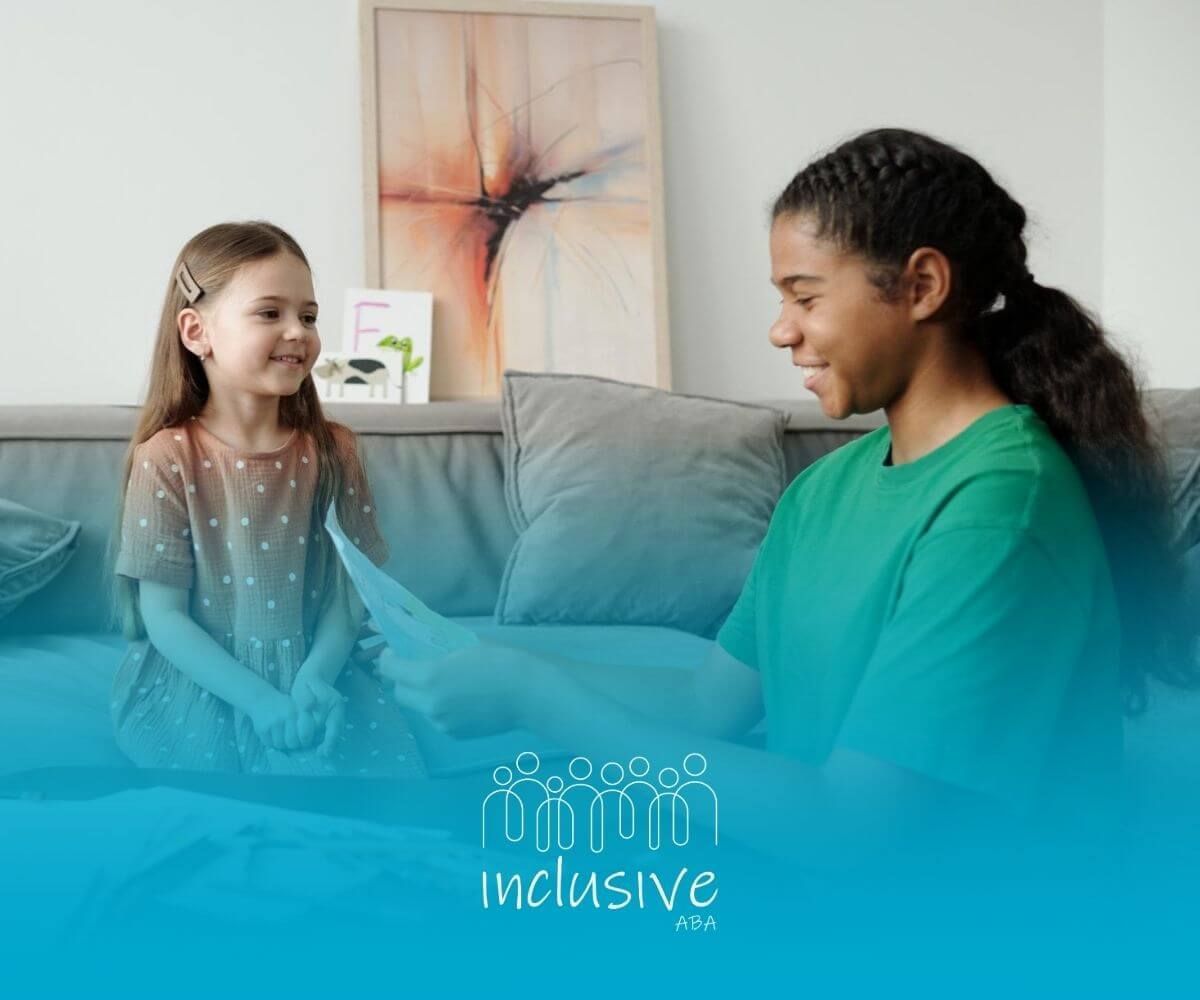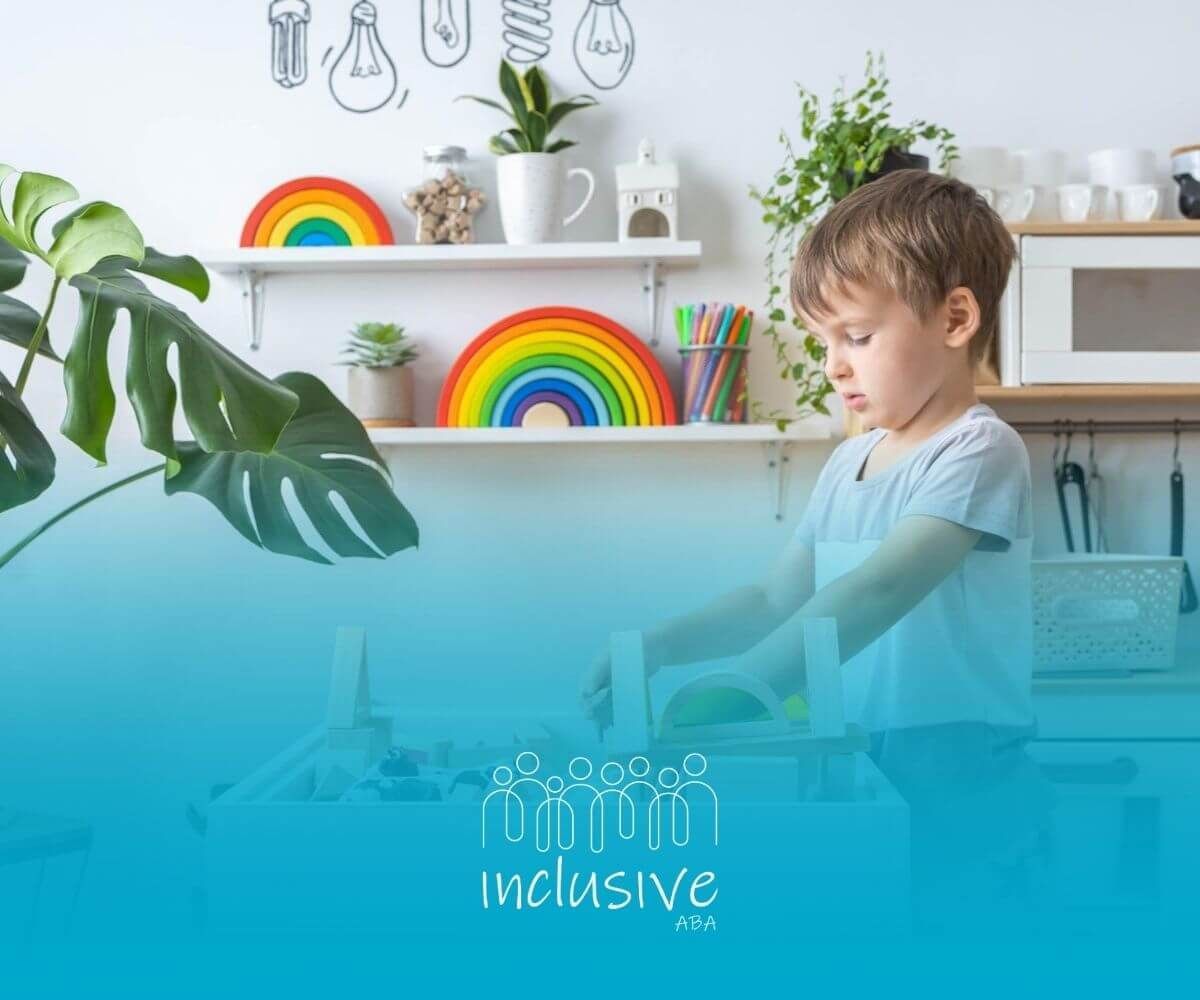Should You Choose ABA Therapy or Preschool for Your Child’s Development?
Making the right choice for your child with autism spectrum disorder is a significant decision for you as a parent. Early intervention is key because it supports your child's development in their formative years. You may wonder if you should choose ABA therapy, which focuses on specific behaviors, or a preschool where your child can learn social skills. Both options are helpful. Knowing more about these paths can help you pick the most appropriate support for your child's journey.
Understanding Autism and Early Childhood Development
Autism spectrum disorder affects children in different ways. This means we need special methods to help them grow during early childhood. By understanding signs of autism, such as sensory sensitivities, speech delays, or trouble with social interaction, parents can find the right guidance and resources for their child’s needs.
The early childhood years are very important for building essential skills and encouraging brain growth. When parents get involved and combine this with early intervention services, like applied behavior analysis therapy, core deficits are tackled. This support also prepares children for better social and academic success.
Identifying Autism in Toddlers
Detecting autism early starts by watching for consistent behaviors that might show developmental issues. Some signs to look out for include limited eye contact, repetitive movements like hand-flapping, or trouble with pretend play. These behaviors can help when considering an autism diagnosis. If identified quickly, it sets the stage for early intervention, which is key to meeting specific needs during preschool years.
Parents have a big decision to make at this point. Choosing resources like ABA therapy or preschool depends on knowing the child’s behavior and development profile. Each option has its benefits that focus on improving social, cognitive, and emotional growth.
Working with certified behavior analysts and pediatric experts can help with this choice. This ensures your child gets the right structured support. Whether you focus on behavior analysis therapy or a classroom setting, early intervention can improve long-term outcomes. Starting this process by age two can greatly benefit your toddler’s future development.
Key Developmental Milestones and Autism
Children gain different skills in their early years, which are crucial for a child’s development. Focusing on milestones helps us see how they are doing. Milestones like responding to their names, imitating others, or playing next to friends can show where improvement is needed for kids on the autism spectrum.
If children have delays or special behaviors, early intervention services, like ABA therapy, can help reduce challenging behaviors. These services give strategies to support important milestones. For example, they teach foundational skills for communication and encourage positive behaviors to help your child do well.
To help your child reach their full potential, watch their progress and adjust how they grow. Mixing therapy that focuses on behavior with preschool programs can create a strong base. This helps improve social interaction and overall development. It also supports academic learning while teaching vital life skills.
Introduction to ABA Therapy
ABA therapy is based on principles of behavior analysis. It is a well-structured and evidence-based method used to help children with autism. This therapy focuses on reducing bad behaviors while encouraging skill acquisition through positive reinforcement techniques.
ABA therapy is tailored to meet the unique needs of each child. It helps build foundational skills that are important for school and everyday life. Starting therapy early is crucial. This helps children gain greater independence and adapt better to group settings, such as preschool or elementary school.
Principles of ABA Therapy for Young Children
The main idea of ABA therapy is to understand behavior analysis. Changes are made step by step in a manageable way. Positive reinforcement helps to encourage good behaviors like talking about needs or playing with others. It also discourages bad or harmful behaviors.
ABA therapy for young children is all about building foundational skills. These skills make it easier for kids to move into schools and social settings. They include the following instructions and learning daily tasks like potty training or how to play with others.
One-on-one sessions help track each child’s progress. Certified behavior analysts look at what each child achieves and change strategies if needed. This personalized support builds a strong foundation for long-term growth in all areas of development.
Benefits of Starting ABA Early
Starting ABA therapy during preschool can make early intervention even more effective. This structured method concentrates on helping children learn skills, with a strong emphasis on supporting them in handling changes, socializing, and communicating well.
Positive reinforcement is very important. It helps shape good behaviors and gives kids a safe space to grow their confidence. Parents also gain useful knowledge. They can learn strategies to use in everyday life for better consistency.
| Benefit of Starting ABA Therapy Early | Description |
|---|---|
| Positive Reinforcement | Encourages desirable behaviors while correcting challenges. |
| Skill Acquisition | Focused on foundational and specific skills crucial for independence. |
| Early Intervention | Targets developmental needs by leveraging neuroplasticity. |
This active method prepares your child by focusing on behavioral management and helps them get ready for school.
Preschool Environment for Children with Autism
Preschool settings provide group spaces where children with autism can work on social skills. They also help kids get used to daily routines. These inclusive environments focus on the specific needs of each child. They make changes to create a positive experience for everyone.
In these places, there is a good mix of learning and social interaction. For kids with sensory sensitivities or special challenges, finding preschools that offer ABA therapy can help them adjust better and learn at their own pace. Parents can look into Individualized Education Plans to better support their child’s progress.
The Role of Socialization in Preschool
Social interaction is very important in preschool. It helps children learn basic social skills. By being in groups, kids with autism spectrum can practice working together, taking turns, and connecting with other kids. This helps them in forming friendships for the future.
Having structured routines shows how important it is to talk to each other. Small group games, storytelling, and shared playtimes help children join in without being too overwhelmed, especially those who are sensitive to sounds and sights.
Preschools that use ABA methods every day create a safe and supportive environment. Here, children experience positive social interactions and learn from their peers. Over time, this helpful structure makes it easier for them to adjust to bigger classrooms.
Adapting Preschool Settings for Autism
Inclusive preschool settings focus on children's unique needs by making changes that keep them comfortable. Using visual schedules and quieter group activities can lower sensory triggers, creating a stress-free school environment.
For kids needing extra help, sensory breaks can be useful in addressing their core deficits. Resource rooms with specialists can also benefit those who need smaller, more flexible spaces.
Individualized Education Plans help connect therapists, teachers, and caregivers on goals like overall development and social engagement. ABA principles strengthen the ties between home and school.
Comparing ABA Therapy and Preschool for Autism
Choosing between an ABA program and traditional preschool depends on meeting your child's needs. ABA therapy uses behavior analysis to improve necessary skills and key skills. In contrast, preschools concentrate on developing social skills in a group setting.
Using ABA services early on, before moving to preschool, can benefit your child's growth. Each child has a unique autism spectrum profile, and recognizing this is important. This approach prepares them for success in future classes and helps their overall development.
Tailored Learning Approaches
ABA therapy is life-changing because it focuses on personalized learning. A certified behavior analyst creates sessions that target specific behaviors and skills. They change these sessions as they see progress.
Preschool programs, on the other hand, aim for wider educational goals. These programs can help with getting ready for school, but they do not provide the same level of personalization as behavior analysis therapy.
Parents who are choosing between ABA therapy and regular school programs should look at where their child does well or has difficulty. This way, they can pick the program that best meets their unique needs.
Outcome Expectations: ABA vs. Preschool
ABA therapy aims to achieve important results in skills like communication and sensory regulation for children facing behavioral challenges. It not only works on basic skills but also highlights the need for flexibility.
Preschool supports ABA by giving children chances for social interaction. It connects academic goals with shared experiences in a group setting. When used together, these methods offer the best results, helping children reach their growth milestones with confidence.
Parents who want the best results should ensure there is a smooth blend between applied behavior analysis therapy and the organized preschool environment, providing children with the best possible start. When combined, these strategies create lasting opportunities for children with autism.
Conclusion
In conclusion, deciding between ABA therapy and preschool for your child with autism is an important choice. It depends on their unique needs. ABA therapy gives a structured way to help with behavioral development. On the other hand, preschool may not be the best choice, as it offers a social setting for peer interaction and play-based learning. You should carefully think about the benefits of each option. Look at how each choice fits with your child's social skills and developmental milestones. The right choice will depend on what your child needs and your family's goals for their growth and learning. If you are still not sure, you can reach out for a free consultation. This way, you can find the best options for your child’s unique journey.
At Inclusive ABA, we understand that choosing the right path for your child's development is a deeply personal decision. Our expert team is dedicated to providing comprehensive Applied Behavior Analysis (ABA) services, focusing on individualized needs and fostering growth across all developmental areas. We believe in empowering families with information and support, ensuring that every child receives the tailored, evidence-based interventions necessary to thrive, whether within our programs or in collaboration with other educational environments. Partner with Inclusive ABA to make confident, informed choices for your child's bright future.
Frequently Asked Questions
What are the core differences between ABA Therapy and Preschool?
ABA therapy focuses on helping individuals through behavior analysis. It emphasizes foundational skills and positive reinforcement in a close, structured learning environment. On the other hand, preschool programs emphasize social interaction and academic readiness. These programs are designed for group settings and aim to meet wider development goals within a traditional school environment.
Sources:
https://www.learninglinks.org.au/resources/autism-in-preschool-settings/
https://www.autismspeaks.org/applied-behavior-analysis
https://www.autismspeaks.org/what-autism
https://www.nhs.uk/conditions/autism/signs/children/
https://www.scirp.org/journal/paperinformation?paperid=98486
Looking for Expert Help? We're Here for You!
Our compassionate and skilled team is devoted to enhancing your child's development through customized ABA therapy. Let us partner with you to create a supportive environment for your child's success.
Discover how we can help your family thrive with expert ABA therapy.
Related Posts







